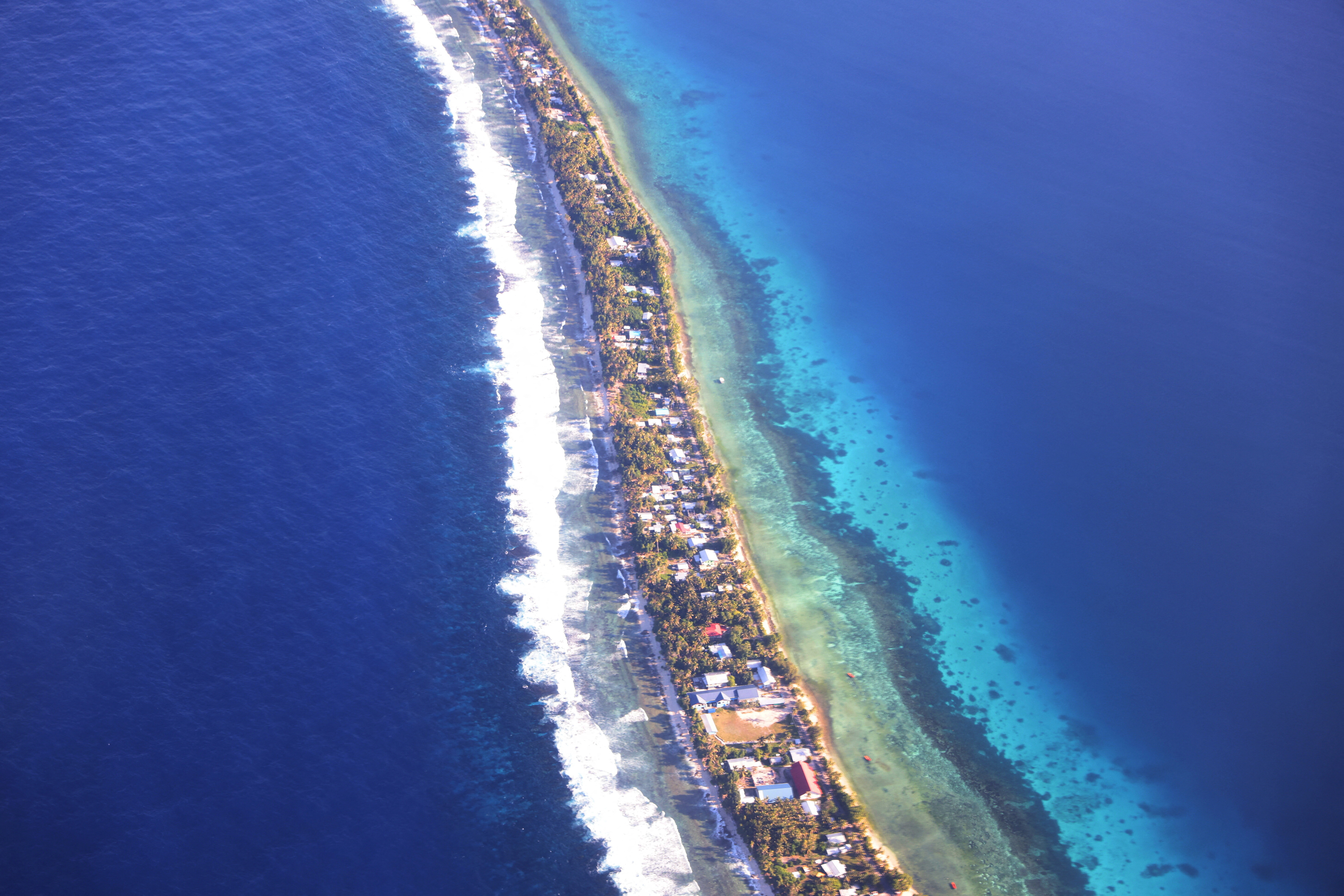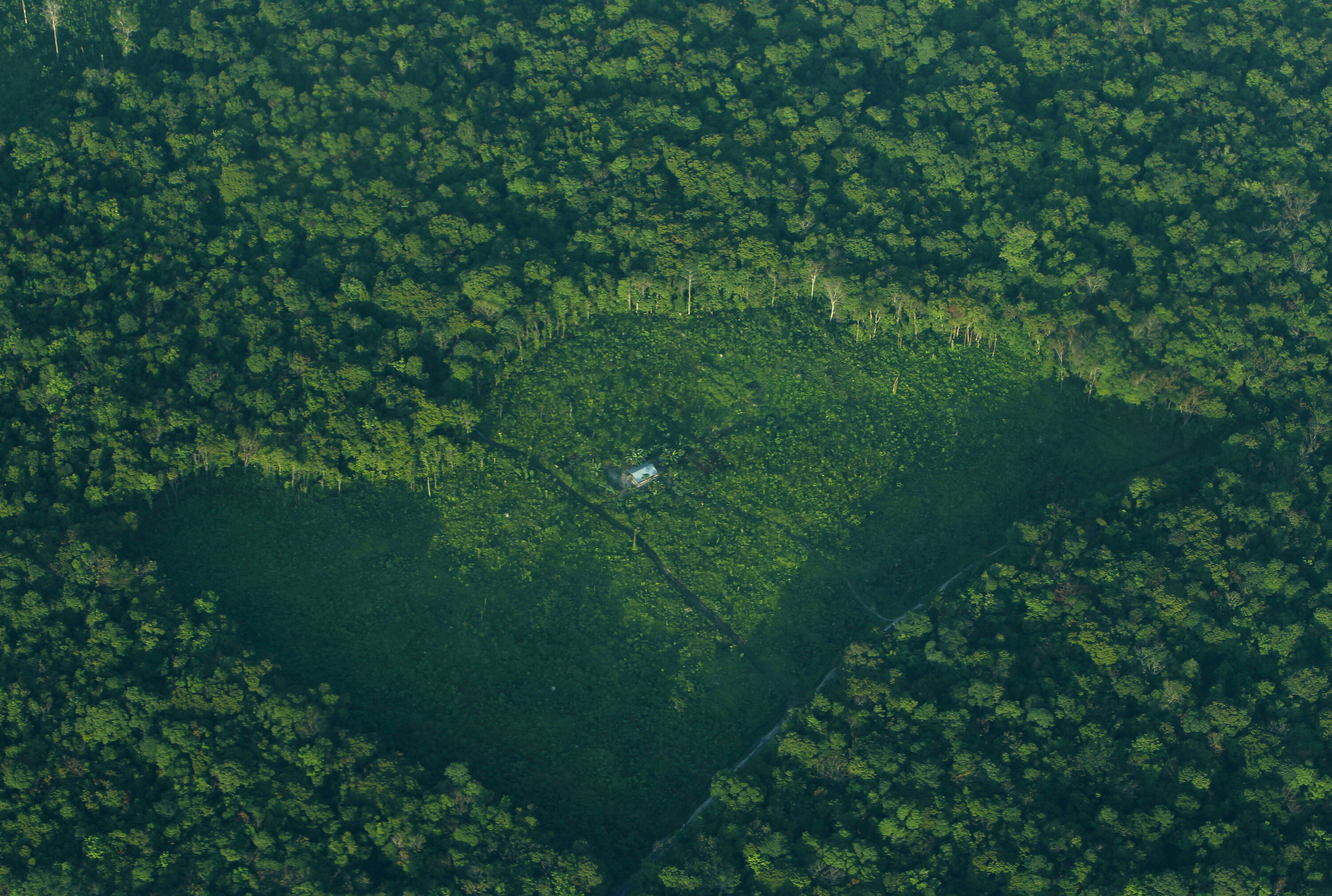Our thirst for more water is making the ocean saltier
Most desalination plants pump brine back into the ocean.
Image: REUTERS/Darren Staples
Stay up to date:
Future of the Environment
A salty problem
Regions without enough drinking water often turn to desalination, the process of removing salt from seawater to make it drinkable. But researchers are now worrying that the process’ salty byproducts could wreak havoc on the ocean’s delicate ecosystems.
“Increasing salinity is one of the most important environmental issues of the 21st century,” said Amy Childress, a researcher at the University of Southern California who studies the effects of desalination, in an interview with New Scientist.
Desalination Station
One desalination technique is called reverse osmosis, in which saltwater flows across a membrane that salt can’t pass through. On one side of the membrane, you get drinkable water; on the other, you get concentrated brine that’s about twice as salty as regular ocean water.
Most desalination plants pump that salty leftover water back into the ocean. But researchers like Childress are concerned that it could hurt salinity-sensitive organisms, like the red abalone or the giant kelp that provide homes for a diverse range of marine species.
Waste not
To avoid those potential consequences, one proposal is that desalination plants could dilute their leftover water with freshwater that’s clean enough to dump back into the ocean, but not fit to drink. It would introduce an extra step for facilities that are working to provide a vital resource for humans — but it could also really pay off because it could preserve more of the ocean’s delicate habitats.
Clearly we have some kinks to work out in the desalination process. And with four billion people now facing water scarcity, we can’t afford to waste any time in sorting them out.
Don't miss any update on this topic
Create a free account and access your personalized content collection with our latest publications and analyses.
License and Republishing
World Economic Forum articles may be republished in accordance with the Creative Commons Attribution-NonCommercial-NoDerivatives 4.0 International Public License, and in accordance with our Terms of Use.
The views expressed in this article are those of the author alone and not the World Economic Forum.
Forum Stories newsletter
Bringing you weekly curated insights and analysis on the global issues that matter.
More on Nature and BiodiversitySee all
Marco Lambertini and Marcelo Bicalho Behar
November 6, 2025
Tom Crowfoot
November 5, 2025
Laura Fisher, David Mueller and Anika Duggal
November 5, 2025
Gill Einhorn and Jack Hurd
November 5, 2025
Network of the Global Future Councils and Kaiser Kuo
November 4, 2025





